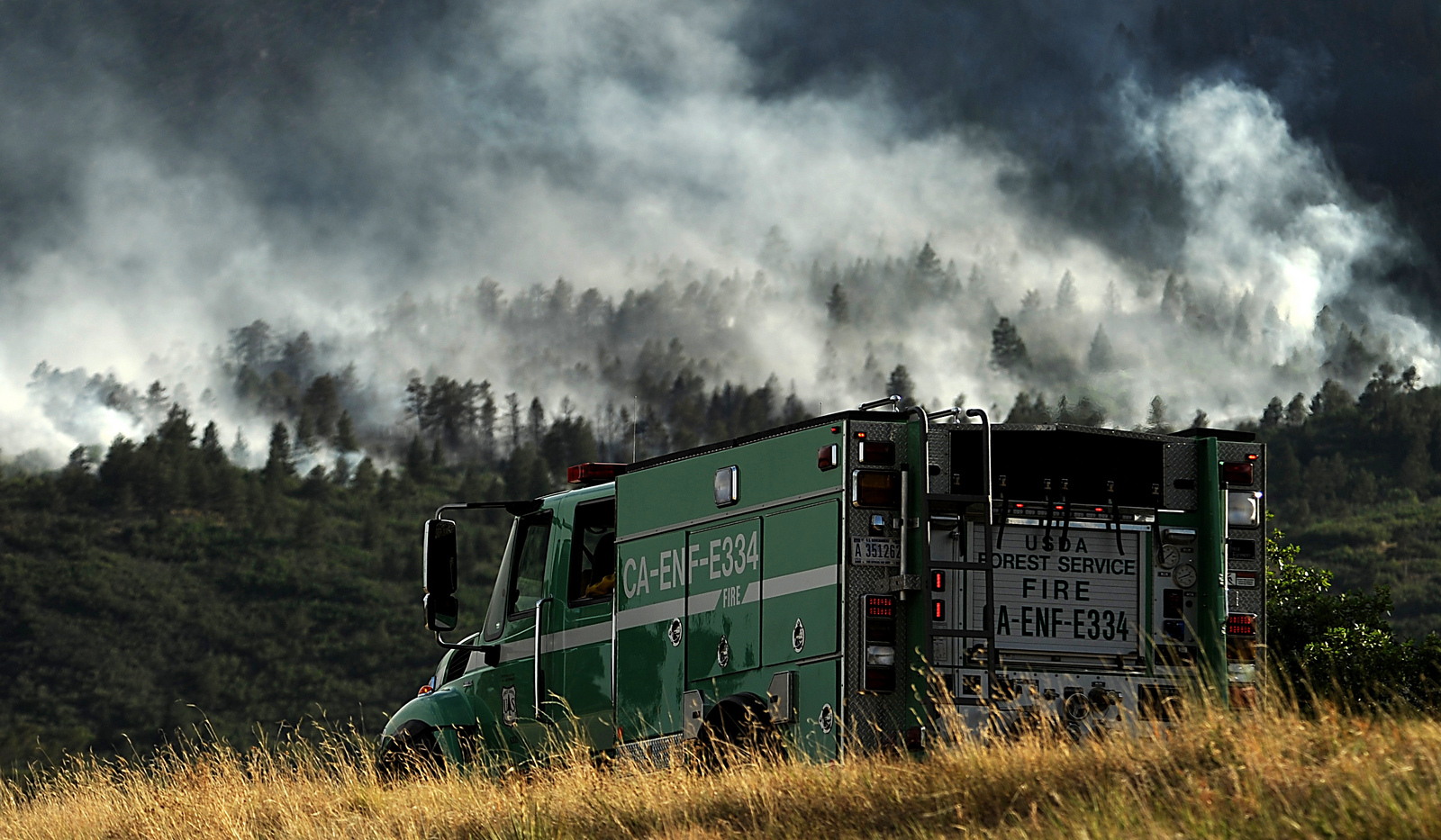

Colorado's fire management director says this summer could present the worst wildfire season since the deadly and destructive seasons of 2012 and 2013, as drought tightens its grip across the Southwest.
While snowpack levels statewide are 70 percent compared to average, conditions are the worst in southwestern Colorado, where snowpack is below 40 percent of average in the Upper Rio Grande Basin.
That means a lot of dry fuel across the state, said Mike Morgan, director of the Colorado Division of Fire Prevention and Control. At a preview of fire season preparedness at the Centennial Airport, he cautioned that it's even more essential this season that people comply with fire bans.
"We're all in this together. We live in the most beautiful state, in my opinion, in the nation, and we have to all do our part to protect that and the quality of life that we enjoy here," Morgan said.
"Our enemy is complacency," said Gov. John Hickenlooper, who was also at the briefing.
Hickenlooper said the state is better prepared than ever to fight wildfires because of increased funding and cooperation in the wake of massive blazes like the 2013 Black Forest Fire in El Paso County which destroyed nearly 500 homes, the most by a wildfire in state history. The previous year, the Waldo Canyon Fire destroyed close to 350 homes.
Those and other fires led lawmakers to spend nearly $20 million in 2014 to buy two fire-spotting planes, contract helicopters and single-engine tankers to try to stop fires before they grow and threaten homes.
Dry, windy weather is blamed for several grass fires this spring, including one that forced the evacuation of the small town of Boone on Thursday.
Last month a fire ignited by an Army training exercise using live ammunition on Fort Carson spread to private land, destroying two homes. In early April, a wildfire near Grand Junction destroyed at least one home.
The Associated Press contributed to this report.








